The Ikonta A 521 is one of a series of compact and well-designed cameras the German Zeiss Ikon company produced from 1929 until the late 1950s, with a brief break during World War II, as the company was destroyed during the bombing of Dresden in February of 1945. during the Cold War, the East German portion of the company became state-owned, and the eastern and western parts of the company merged again with reunification. The company continues to produce cameras today.
I was able to narrow my Ikonta down as a 521 because this is marked on the case. Other than that, the many variants (A, B, C, D as well as number variants) and lens/shutter combinations made identification confusing. All I knew was that it had been manufactured between 1940 and 1956. This chart listing many of the variants was not helpful, because my version displays many of the characteristics of the 520 – a Tessar 75mm lens, a Compur Rapid shutter, and dual film windows on the back, indicating a model which shoots 16 4.5 cm by 6 cm photos from a roll of 120 film, which is normally used for 8 6×9 cm shots.
But thanks to this website on Zeiss cameras, I was finally able to identify this as a camera likely manufactured between 1940 and 1942. Of course, this begs the question: how did it get to the United States, so that I could buy it on eBay 75 years later? We’ll probably never know.
My Ikonta had been badly battered over the years, and when it arrived I was immediately able to identify several tiny holes in the bellows, which render such a camera useless. Fortunately, there is a method which can be used to repair small bellows pinholes – for larger ones you would need to use black silicon or replace them entirely. So I gave this a shot and let everything dry, and finally got a chance to try the camera out with a roll of color 120 film (expired). Here are the results:
So these shots show a somewhat functioning camera, but there are a couple of things that can be learned from test photos like these. First, I now know why there are two little film windows on the back of the camera. 120 film is marked for 8 exposures. To use this camera correctly, you snap one shot when the number “1” is in the right window, and a second shot when it has moved to the left window. In this way, you end up with 16 exposures, not 8 as I did.
Second, the photos with the blurry flowers were focused at 3.5 feet. On cameras of this time period, you had to focus by turning the lens to the number indicating how far away you thought the subject was. And with an aperture of F/11 which I used, the range of objects in focus is going to be pretty good. When you get this close and objects become blurred although they were focused correctly, the lens probably needs to be collimated. This is something I learned how to do just the other day with – coincidentally – another Zeiss Ikon.
Finally, the last photo has some streaks across it. This likely means there is still at least one tiny hole that needs to be repaired. Most of the photos turned out OK because the camera likely had to be facing a specific direction for the film to be affected. So it’s back to the workshop with this one.
If you have an Ikonta of this time period, I’d be interested in knowing if yours works correctly or not!

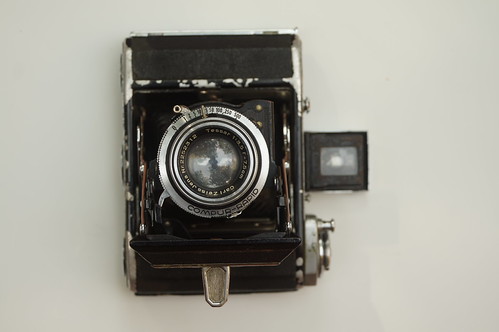
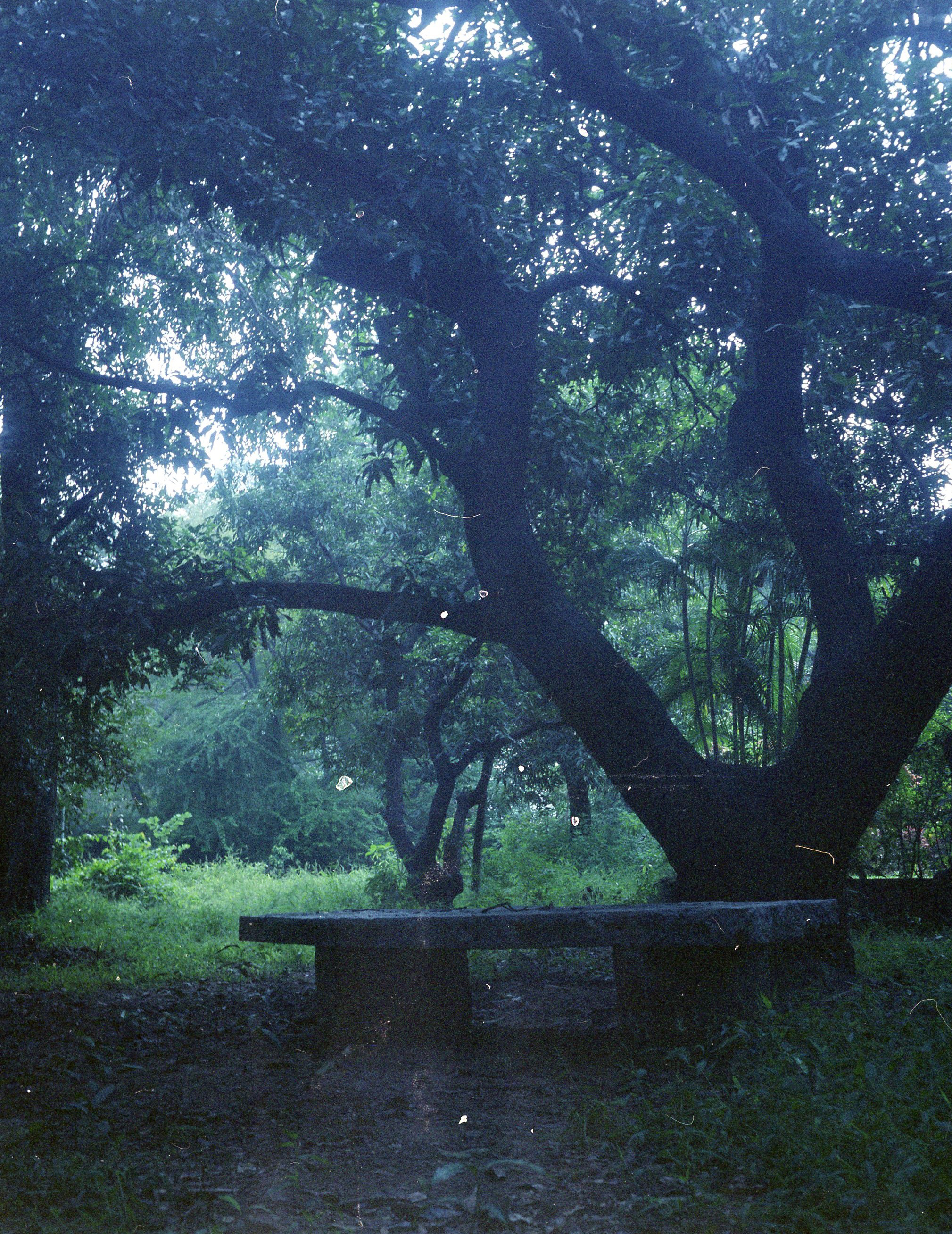

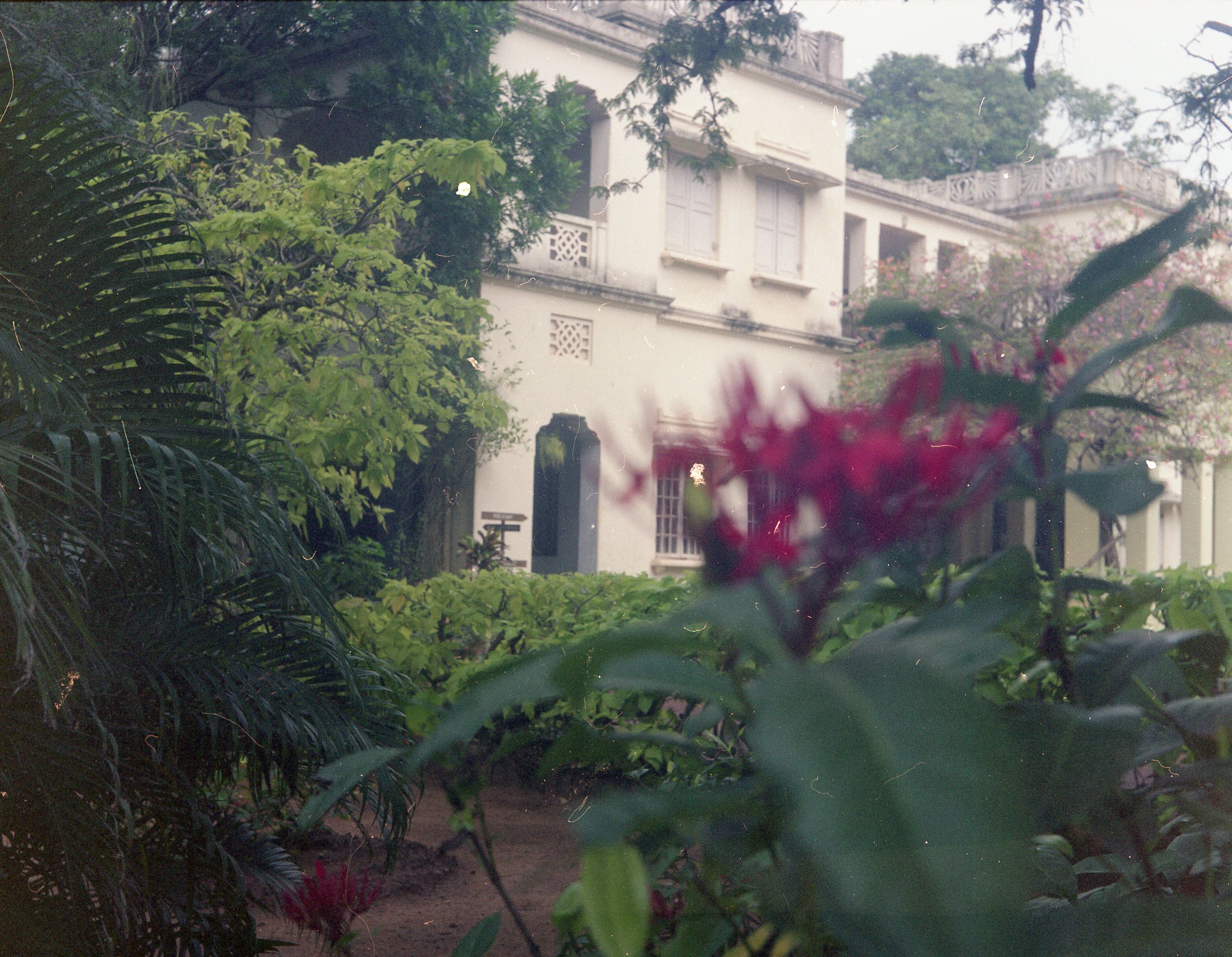
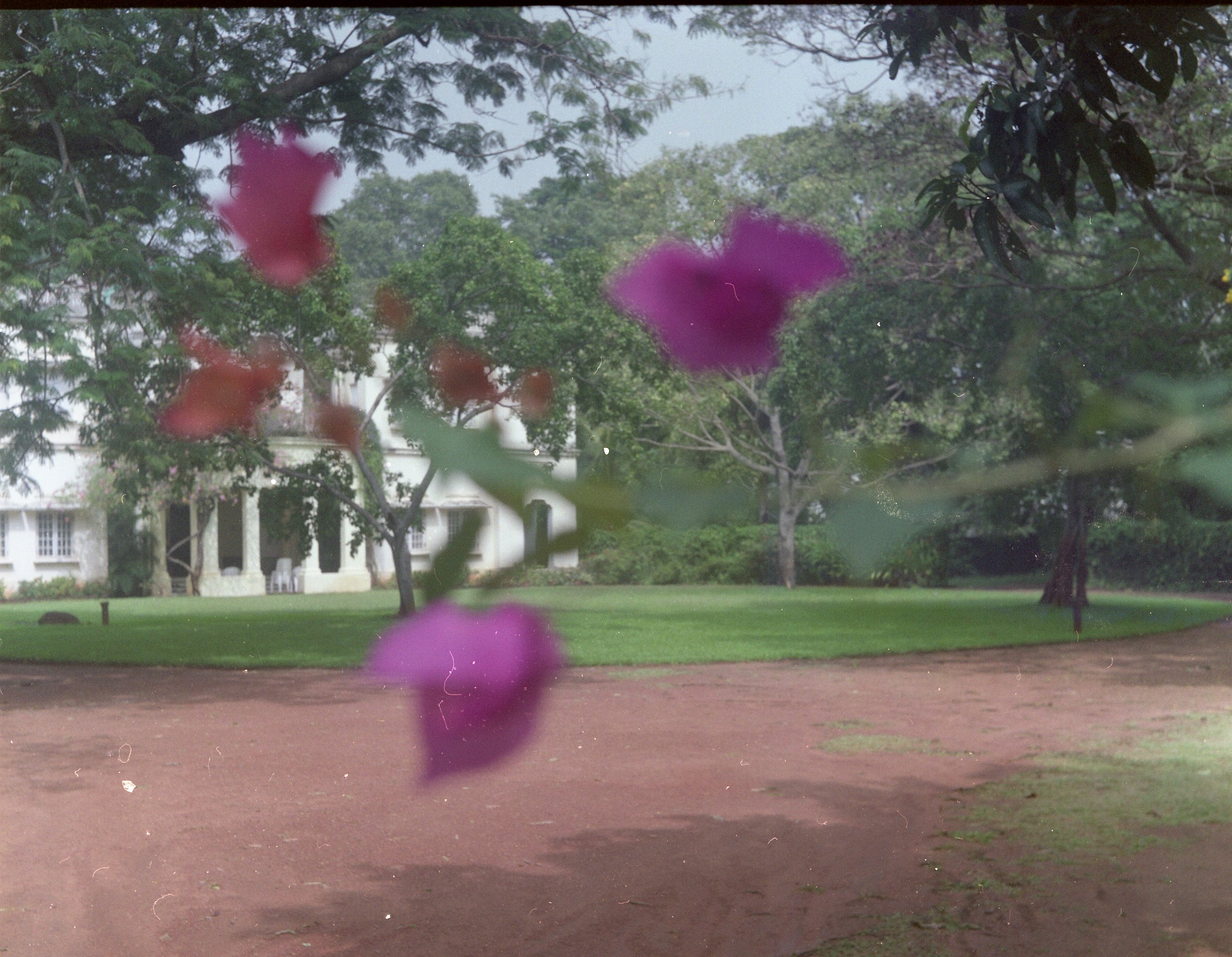
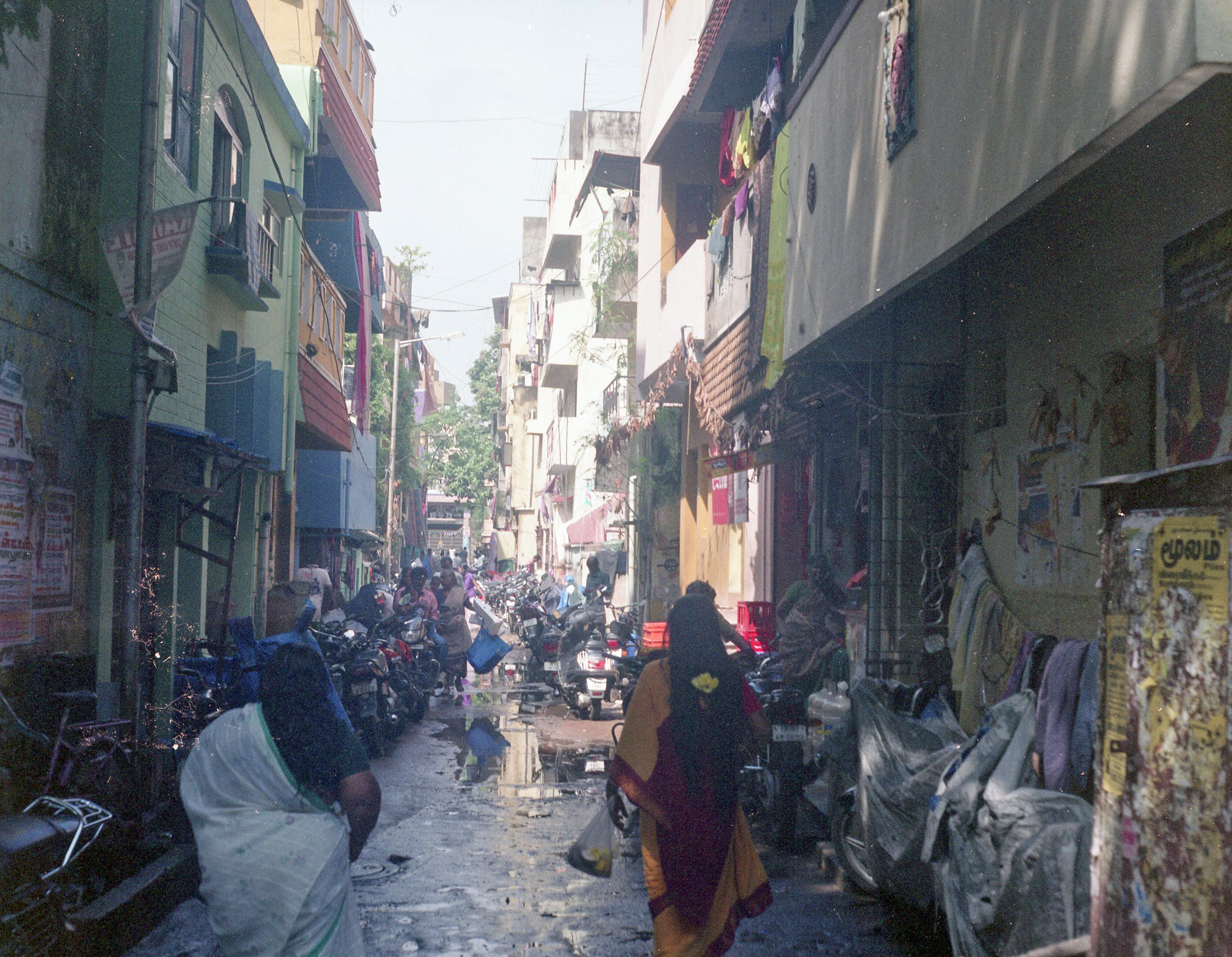
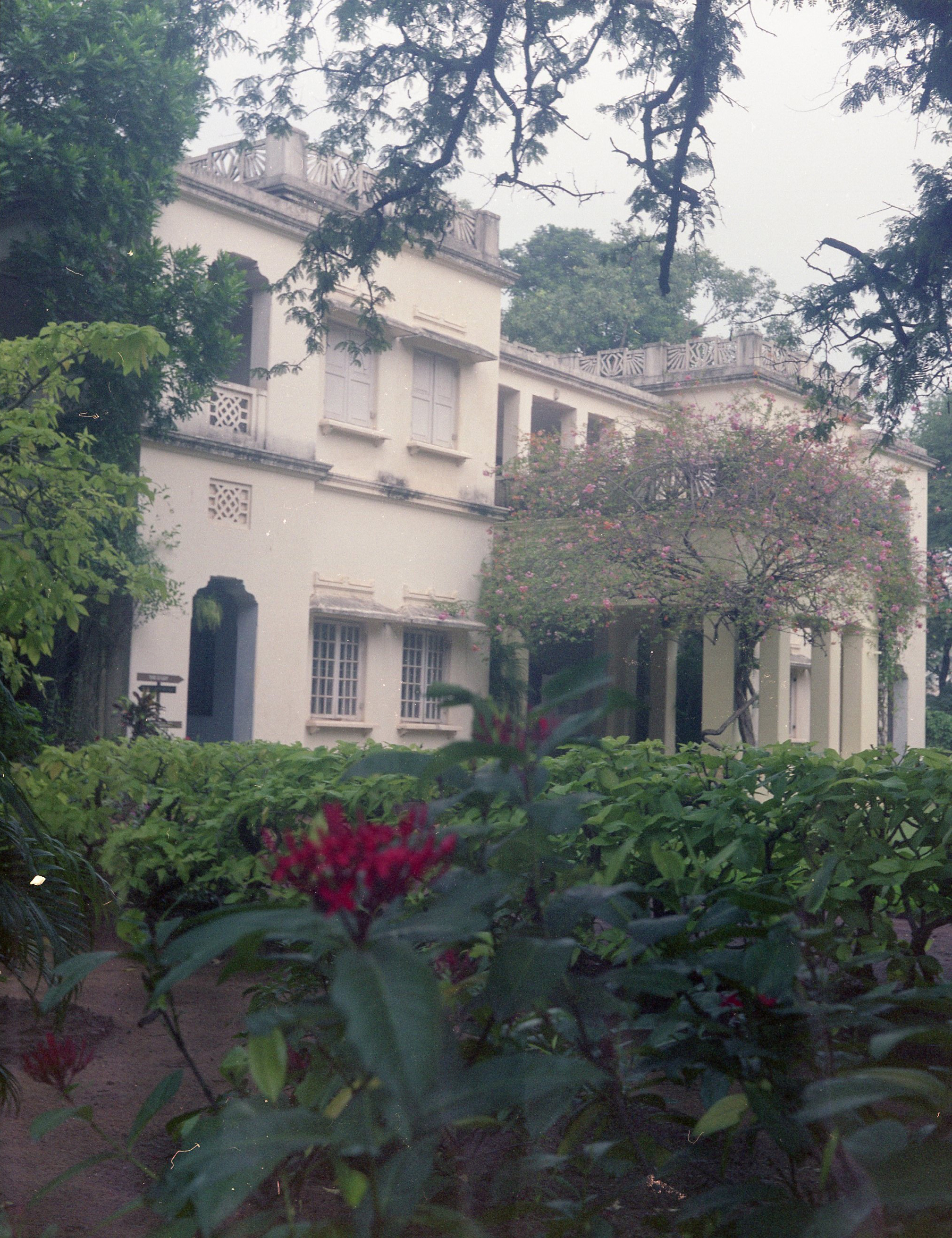
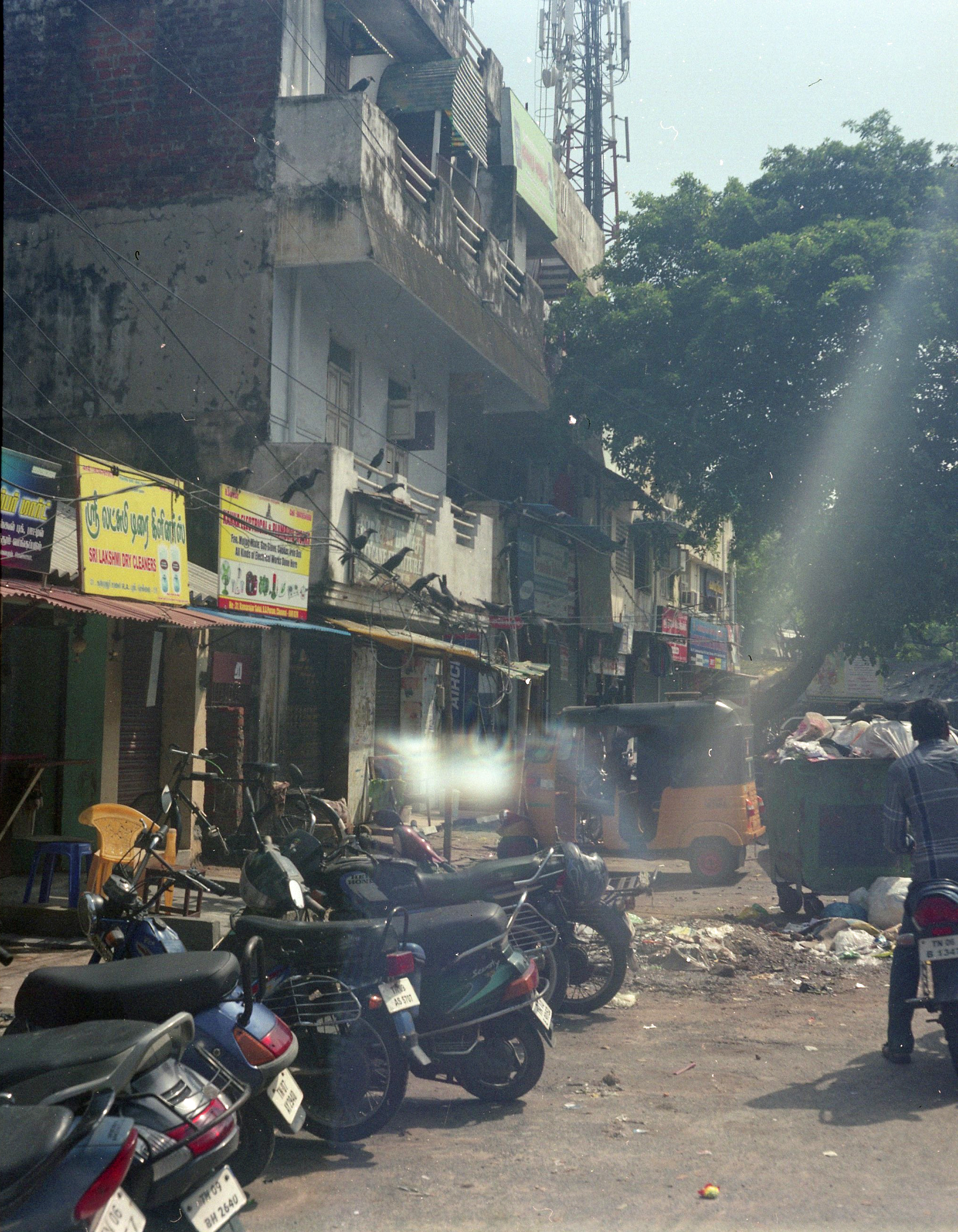

I picked up what seems to be a 1946 vintage 521A very similar in build to yours. The lens takes some exceptionally sharp photos but the only speed that worked was 1/500. The results were so encouraging that I actually paid over $100 to get the camera a proper service and restore it to fully functioning. I am waiting for my first results to come back now and hope the investment was worth it. It is great to have a truly pocketable medium format camera!
Thanks, I have a couple of Zeiss cameras and all of them have focusing problems. Someday I will get them serviced! Let me know how yors turn out
Definitely will. The film should be arriving back today, and I have another couple rolls I have shot through it meanwhile. The 521A was the first camera that actually WOWed me with the results, particularly since it is so small and portable. I think that you might really love this camera if it worked as intended, particularly since it is nice and efficient with film compared to the 6×9 models.
Pingback: Camera Review Blog No. 126 – Zeiss Ikon Ikonta 521 – Alex Luyckx | Blog